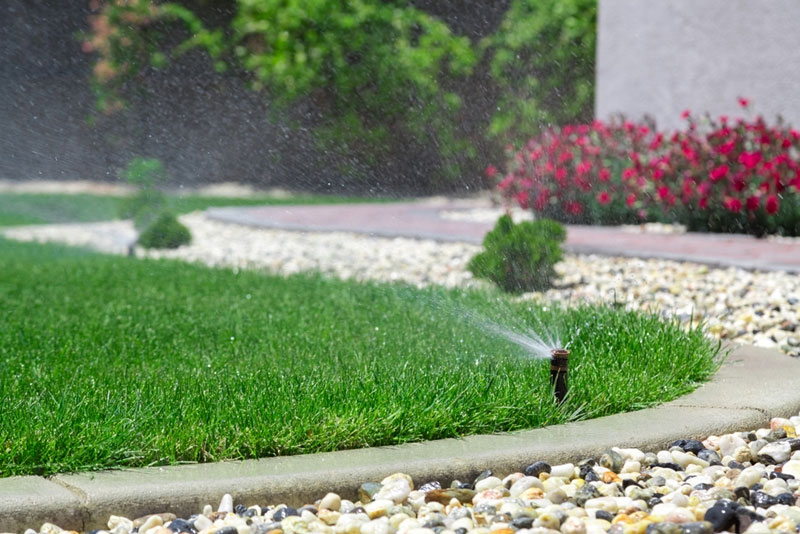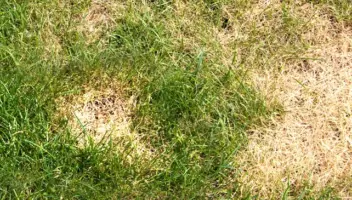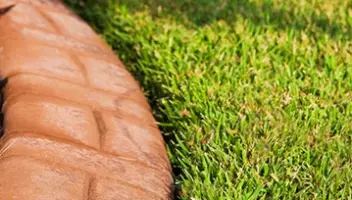Essential Tips for Summer Lawn Care
Summertime is when your lawn needs to be looking its best, and keeping your grass in great condition certainly takes a little effort on your part. With hot weather comes more environmental intensity as well as foot traffic, and understanding various elements such as proper mowing or watering techniques is what will help your lawn make it through the summer season. Here are a few summer lawn care tips to consider:
Know your lawn
Knowing how environmental conditions affect your specific type of grass can make a big difference in your yard’s summertime growth and development. According to Today’s Homeowner, types of grasses that grow better in warmer climates include zoysia, centipede, St. Augustine and Bermuda or cynodon dactylon. These grasses tend to flourish when temperatures are in the 70s or low 80s. Conversely, cool-season grasses like bluegrass, fescue or rye will require more maintenance and care during the summer.

You should only water your lawn early in the morning during summer.
It’s important to always keep an eye on your lawn, as there are plenty of signs that indicate heat is damaging your grass. If you notice that grass isn’t growing back as fast after mowing or the color is slowly starting to fade away, you may have to alter your summer lawn care methods to adapt to these changes. Adjustments can be made through switching up your fertilizer type or modifying the times per day or durations when you water your grass. Not adequately caring for the specific needs for your grass in the summer may result in additional difficulties down the road.
Watering strategies
While everyone tends to have their own watering routines for their lawn, more often than not, homeowners are either watering their lawn too much or too little, or not using the correct amount of water for the season. The time of day you water your lawn has a lot to do with keeping your lawn properly hydrated. According to Lawncare.org, all watering or sprinkling system functions must be performed early in the morning. This gives your grass and soil a chance to efficiently absorb the moisture before the heat kicks up later in the day.
Of course, over-watering your grass is another common summer lawn care mistake. Ideally, your lawn should be receiving around an inch of water per week, so if your yard experiences a bit of rain, you should hold off on hosing or turning on the sprinkling system. However, if temperatures are significantly higher, such as low to mid-90s, it’s usually OK to provide a little more water, as the heat will quicken moisture absorption in the grass. If you’re concerned over how much water your grass is getting, buy a rain gauge to measure inches of water provided by the weather. Even having a small tin can might help you better assess if your lawn needs more water that week.
“Taller grass blades help shade soil during the summer.”
Mowing tactics
Most homeowners tend to mow their lawns whenever they feel the grass is getting too long, but there’s more to effective mowing techniques than simply looking out at the yard. Proper length of your lawn depends on the season, as well as what type of grass you have. During the summer, cool-season grasses should be mowed to three to four inches high, whereas warm-season grass can be cut shorter, down to two to three inches. In general, letting any type of grass grow a little longer than usual is permitted during hot weather, as taller blades will provide shade for soil. This helps blades of grass retain more moisture and nutrients from the dirt.
Avoid over-fertilizing
If you start to notice a little color variation or growth delay in your lawn, it’s easy to immediately think of fertilizing the grass. However, adding fertilizer to your yard during the rising summer temperatures is generally not recommended. This is because hot climates will only take away from the effectiveness of the fertilizer, especially its distribution of nutrients which can lead to inadequate growth or development long after the summer has passed. Fertilizing the yard should always take place in either the spring or fall to help prepare your grass for an enduring summer or winter.


